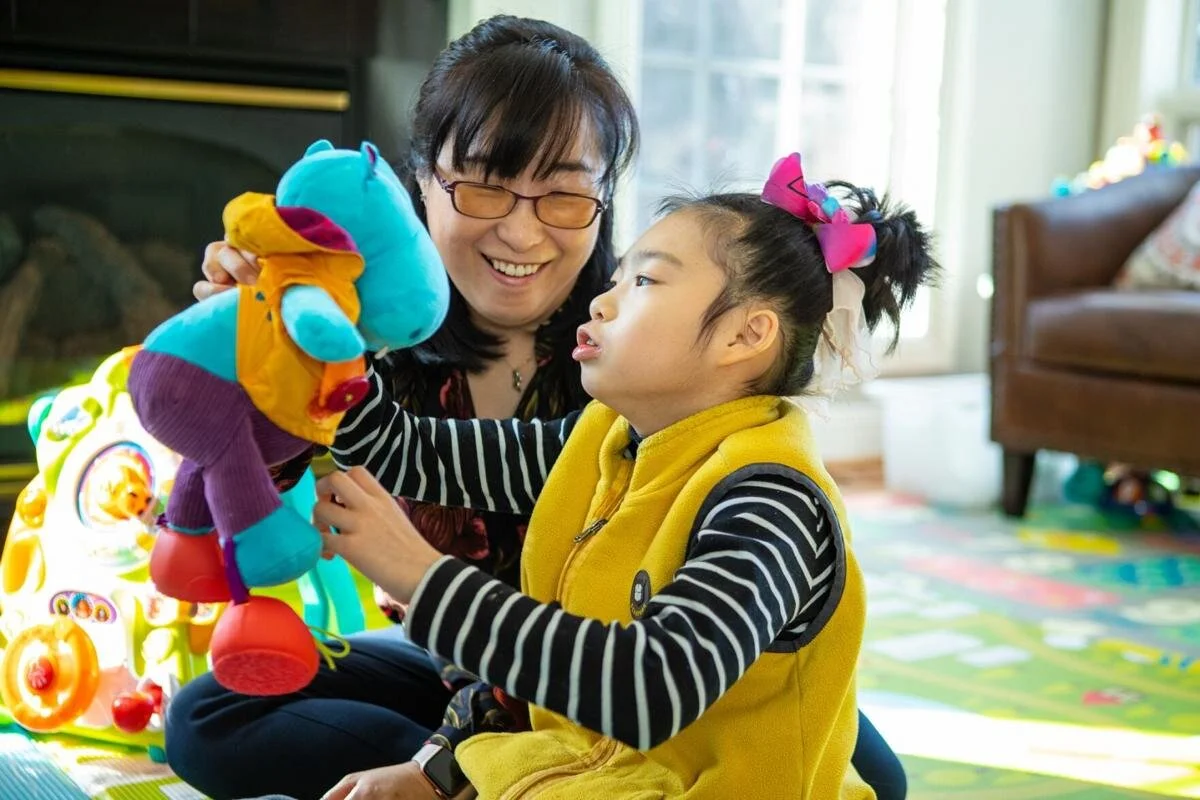Charles River Collaborates with FOXG1 Research to Advance Gene Therapy
WILMINGTON, Mass.--(BUSINESS WIRE)--Jul. 30, 2024-- Charles River Laboratories International, Inc. (NYSE: CRL) announced today a collaboration with the FOXG1 Research Foundation (FRF) highlighting the patient advocacy group’s model to independently drive drug development through the clinical phase. The parent-led global organization driving the research to cure FOXG1 syndrome and related neurological disorders will collaborate with Charles River in a comprehensive gene therapy contract development and manufacturing organization (CDMO) agreement.
“Charles River is proud to work with the FOXG1 Research Foundation to advance its gene-therapy through clinical trials,” said Kerstin Dolph, Corporate Senior Vice President, Global Manufacturing, Charles River. “The FOXG1 patient population has an incredible unmet need, and we are looking forward to lending our expertise to FRF as they continue to trailblaze a path toward providing rare disease treatments.
University at Buffalo launches center to find treatments for FOXG1 syndrome
University at Buffalo announces the launch of the FOXG1 Research Center to study FOXG1 syndrome’s impact on brain development and translate research to treatments for FOXG1 syndrome. The FOXG1 Research Center will be led by leading experts Soo-Kyung and Jae Lee, whose own daughter has FOXG1 syndrome.
“This center will make UB the home of the world’s premier research center devoted to the studies of FOXG1 syndrome, as well as provide our campus with a new neurodevelopmental biology training program and numerous research funding opportunities,” says Soo-Kyung Lee, PhD, Empire Innovation Professor and Om P. Bahl Endowed Professor in the UB Department of Biological Sciences, who will serve as the FRC’s inaugural director as well as the Chief Scientific Officer of the FOXG1 Research Foundation.
2023 Impact Report
2023 marked six years of the FOXG1 Research Foundation. We are a parent-driven, global foundation with the mission to help improve the lives of every person affected by FOXG1 syndrome worldwide. We are known in the industry as innovators as we focus on three equally critical areas: FOXG1 science, FOXG1 patient data, and FOXG1 patients and community. From advancing our gene therapy program to building our own bioinformatics platform, to helping guide parents through the rare disease medical caregiver journey, this year has been a year of upward progress in all three areas. Here are the FOXG1 Research Foundation highlights from 2023 and goals for 2024.
CareTalk Podcast: Why Rare Disease Research is SO Important
In the CareTalk episode, “Why Rare Disease Research is So Important” Co-host, David Williams is joined by Nasha Fitter, CEO of FOXG1 Research Foundation, which is dedicated to finding a cure for FOXG1 Syndrome and Vice President of RWE and Ciitizen Platform at Invitae, to shed light on the importance of rare disease research, the challenges it faces, and the promising developments in this field.
Dr. Soo-Kyung Lee, FOXG1 Research Foundation Scientist, Earns Grant from Simon Foundation Autism Research Initiative (SFARI) for Genomics of ASD: Pathways to Genetic Therapies
Dr. Soo-Kyung Lee, FOXG1 Research Foundation Chief Scientific Officer, named awardee of Simon Foundation Autism Research Initiative (SFARI) grant for Genomics of ASD: Pathways to Genetic Therapies
The Johnson Family - Changing the World Right Here in Port Washington
FOXG1 Research Foundation co-founder and Executive Director shared her story with her hometown local magazine called Port Washington Living. This feature article celebrates the Johnson family and Nicole’s work to find a cure for FOXG1 syndrome, while helping FOXG1 families around the world, including helping the FOXG1 family in the Ukraine to safety.
Help FOXG1 Ukrainian Family Rebuild!
The FOXG1 Research Community has helped get a FOXG1 family safely out of the warn-torn Ukraine! Now, they have to rebuild thier lives. Eva is a 3-ear-old child with the severe rare disease called FOXG1 syndrome. She suffers from seizures and is disabled. They are on thier way to safely, but they lost everything. This is how you can help. Thank you!
Dallas Morning News: Where is Former American Airline CEO Tom Horton? Raising Awareness for a Rare Genetic Condition.
Horton jumped into the campaign to raise awareness for the rare FOXG1 syndrome after his infant granddaughter was diagnosed in 2020.
How the Ciitizen FOXG1 Platform Drives Research and Helps Parents Manage Medical Care
The Ciitizen FOXG1 syndrome Natural History Study not only make managing care easier and gives parents control of thier children’s medical records, but also drives research and will help Biopharma to develop treatments for FOXG1 syndrome. Read how and why.
A Daughter's Rare Disease Brings Mother-Father Researchers to Buffalo for Answers
Soo-Kyung Lee, Empire Innovation Professor of Biology at the University at Buffalo, has been driven to focus greater attention on FOXG1 syndrome since her daughter, Yuna, was diagnosed with the neurological condition almost nine years ago.
Douglas Levere/University at Buffalo
November 2020 Research Update : Creyon Bio Takes on FOXG1 for ASOs!
November 2020 FOXG1 Research Foundation Research Update: Two Biotech companies are investing in FOXG1 syndrome for gene therapy and ASO therapy. FOXG1 Research is moving into screening drugs and testing potential therapies with a newly assembled consortium of esteemed scientists.






